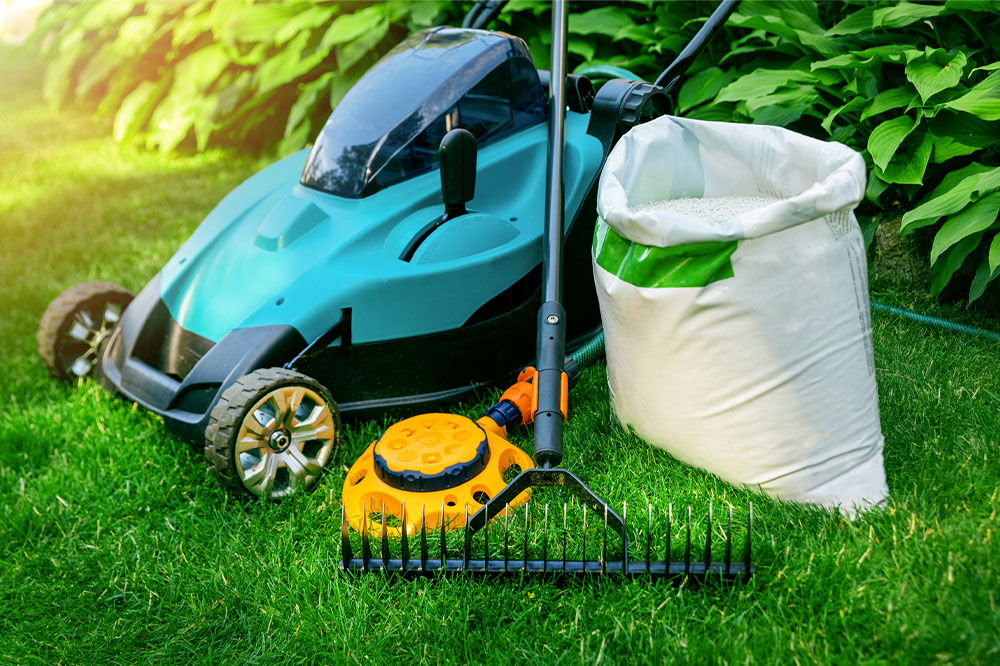The 5 stages of Huntington’s disease explained

Huntington’s disease is a genetic, neurodegenerative condition characterized by emotional, cognitive, and motor symptoms. The course of the disease involves a gradual development of involuntary jerking muscle movements and a progressive decline in memory and cognitive function. It shows symptoms such as uncontrolled movements and mental instability. Huntington’s disease (HD) is a genetic disorder inherited from a parent and is commonly divided into five stages of disease progression. So, let’s learn more about each stage.
Stage 1: Preclinical stage
People in the initial stage of Huntington’s disease may develop mild symptoms. While they may exhibit signs of a neurodegenerative disorder, the doctor might not diagnose the individual with Huntington’s disease. The symptoms of HD usually begin between 40 and 60 years of life. However, it may also appear as two years of age or as late as 80 years. In the early stages, damage to brain cells may cause symptoms such as:
- Involuntary twitching in the toes, fingers, or face
- Poor coordination
- May struggle to concentrate or solve problems
- Irritability
- Loss of inhibitions
- Depression
- Issues with complex movements
Once these symptoms appear, a patient is diagnosed to be in the active stages of HD. It may take about eight years to pass from this stage to the next. The individual can usually carry out tasks at home or work without assistance. For example, the person might be able to drive, bathe, and drink. However, experts may recommend reducing the work and hours carried out each day.
Stage 2: Early intermediate stage
By this stage, one usually exhibits clear signs of the disease as they become more apparent and may interfere with the individual’s daily life. The individual may also develop emotional and behavioral issues, which might cause strain on work and family relationships. Furthermore, the symptoms experienced in the early intermediate stage are similar to those of the previous stage and may become more noticeable. Based on the individual, stage 2 could last three to thirteen years. The second stage is a comfortable time to discuss important topics with the patient, such as support systems, health and Huntington’s disease care plan, and legal and financial plans.
Stage 3: Late intermediate stage
Patients who reach the third stage of Huntington’s disease may be unable to work any longer. The disease may have affected them to the extent that they could require assistance with daily tasks. The third stage usually goes on for about five to sixteen years, and one may notice signs such as:
- Wright issues
- Trouble with walking
- Difficulty with memory
- A severe problem with involuntary movements or twitches
- A restricted ability to perform motor tasks
- Depression
- Mood swings
- Falling frequently
Stage 4: Early advanced stage
The time it takes to reach this stage may differ from one person to the next. Someone with Huntington’s disease usually enters the early advanced stage about ten years after the onset, but it could also range between nine and twenty-one years. One may require advanced care when approaching this stage, especially considering household responsibilities, personal matters, and finances. The patient’s caretakers, such as family members or close peers, may also have to determine if the individual with Huntington’s disease should live at home or move to a facility where they can be cared for. Patients may also exhibit new symptoms in the early advanced stage, such as:
- Rigidity
- Apathy
- Abnormally slow movements
- Excessive loss of cognitive function
- Severe challenges regarding voluntary movements
Stage 5: Advanced stage
The fifth and final stage is when the disease becomes more severe, and the individual might require round-the-clock care. The person might be immobile, unable to communicate, and find it extremely tedious to perform essential motor functions, such as swallowing. In the advanced stage, the patient becomes entirely dependent on others to complete anything. They may also fall ill regularly because of infections or injuries.
The available treatments for Huntington’s disease aim to slow its progression and improve the patient’s quality of life. Experts may recommend prescriptions to manage various symptoms of the disorder. They may also indicate therapies, such as speech and physical therapy, to help one cope with HD. The patient’s family could also look into support services, such as nonprofit agencies, to provide caregiver education and support groups to help the patient learn more about the condition.







